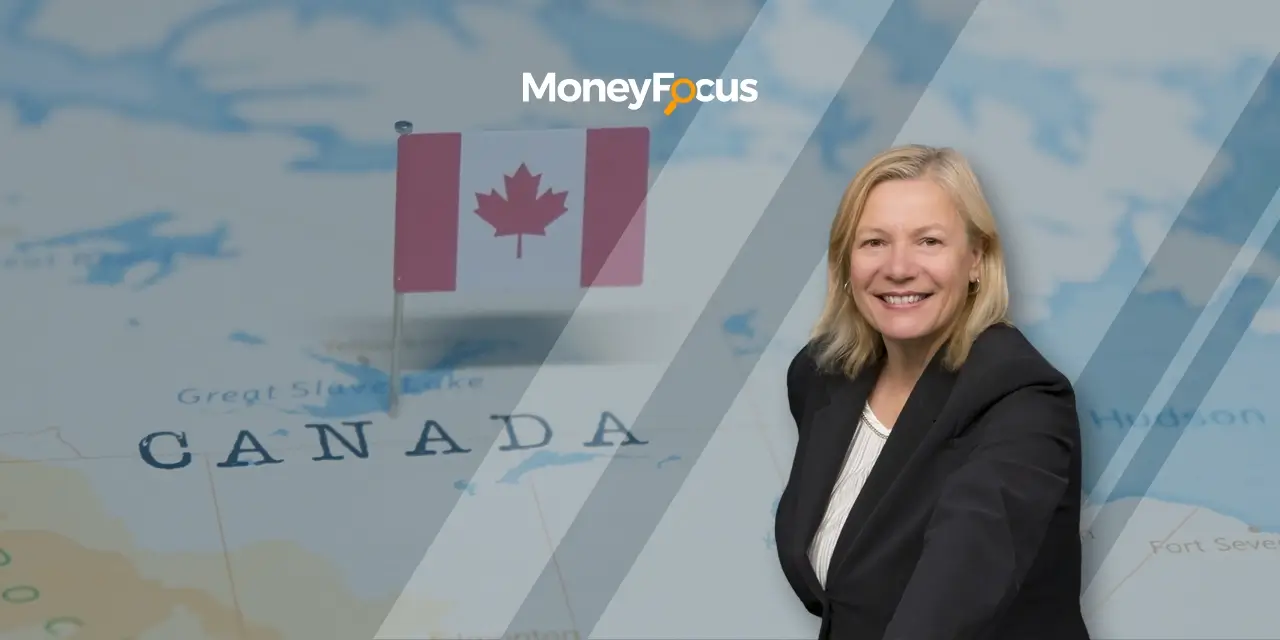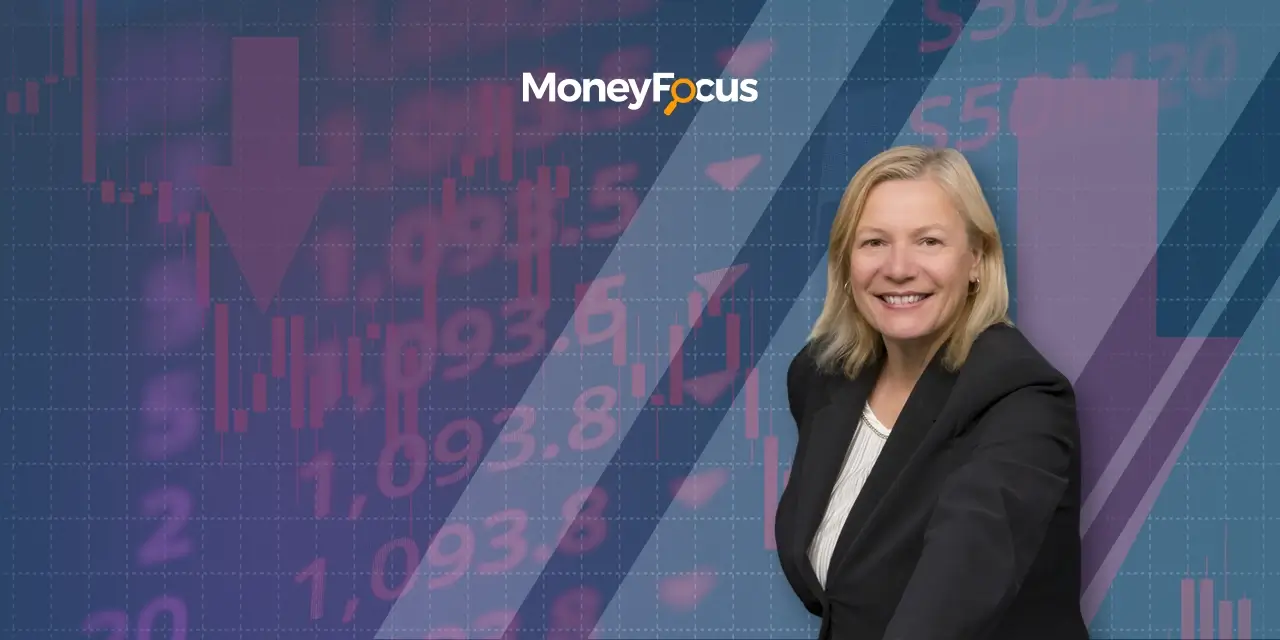By Paul MacDonald, CFA
The Harvest Diversified Monthly Income ETF (HDIF:TSX) and the Harvest Diversified Equity Income ETF (HRIF:TSX) both added a new ETF to their holdings in May of 2023. These multi-sector income ETFs, which already hold six Harvest equity income ETFs in their portfolios, will now invest in the Harvest Travel & Leisure Income ETF (TRVI:TSX).
Both HDIF and HRIF are built with a straightforward purpose: to deliver a high degree of diversification and consistent monthly income for unitholders. TRVI adds to both diversification and income potential. It brings a portfolio of 30 large-cap travel industry leaders to the HDIF and HRIF portfolios, which will now hold close to 150 large-cap companies in their combined underlying portfolios. It also brings additional income from its active & flexible covered call option strategy.
Income and large-cap diversification are what investors know HDIF and HRIF for and what TRVI brings more of.
Why is the Travel industry worth investing in?
The global travel industry is set up for long-term growth. Demographic trends point to high and resilient demand for travel. Baby boomers, the largest and richest generation in North American history, are now in or entering retirement. Those early retirement years are prime travel time, and baby boomers are set to travel more frequently now.
We are also seeing the rise of millennial consumers, who are entering their prime earning years. Millennials have shown a strong preference for experiential spending, rather than acquiring things. Travel, especially travel facilitated by digital bookings services, is a key lifestyle priority for many North American millennials.
In addition to these long-term trends, there has been some recent positivity in Travel sectors as well. As the world emerged from the COVID-19 pandemic last year we saw how huge pent-up demand for travel was. Despite high fuel prices and record inflation, North Americans travelled in large numbers, often on bigger and more expensive “bucket list” trips.
That demand has continued into 2023 so far. Q1 earnings reports from key airlines and hotel companies point to significant demand for travel and leisure among North American and global consumers.
What does TRVI, specifically, bring to HDIF and HRIF?
TRVI delivers direct exposure to the positive tailwinds behind the travel industry. It does so by combining a diverse array of companies from different investment sectors that each capture a key aspect of the travel industry.

TRVI is more than just an airline or hotel ETF. It tracks the Solactive Travel & Leisure Index GTR, which includes cruises, casinos, and crucially the online travel booking sites like Airbnb and Booking.com that so many travelers use for their trips. By going outside one particular market sector to create a diversified index portfolio, TRVI is able to expose investors to the whole of the North American travel industry, not to mention the global lines of business many of these North American companies engage in.
Adding TRVI into HDIF and HRIF means those ETFs can now deliver exposure to an additional 30 more large-cap leading companies, with long-term growth tailwinds, resilient recent demand, and high income, bringing the total unique positions to nearly 150 companies, with no one position currently more than 2% weight on a look-through basis.
Adding sector and income diversification
These two ETFs both combine portfolios of underlying ETFs using active & flexible covered call option strategies to generate consistent monthly cashflow. HDIF also incorporates a modest leverage component, while HRIF uses no leverage. That active & flexible covered call option strategy has a few key advantages over passive covered call strategies. Notably, because portfolio managers can adjust the amount of the portfolio they sell calls on—within a 33% limit—they can expose more of the portfolio to potential upside where opportune and actually monetize market volatility.
The Travel & Leisure industry is well suited to an active covered call strategy because, as a consumer discretionary market area, it can experience higher than average short-term volatility. TRVI is able to turn that volatility into cashflow. Income generated from options premiums can offset any potential downside, while the portfolio can remain exposed to potential upside.
Over the long-term however we expect that TRVI will contribute consistently high income into the HDIF and HRIF portfolios.
What does TRVI entering HDIF and HRIF mean for investors?
Put simply, this is a net positive for both HDIF and HRIF. They are growing their portfolios with the addition of 30 new large-cap companies, and they are bolstering their income components with another high-yield ETF in the mix. TRVI delivers a large-cap portfolio of leading businesses in a growth industry with high income.

Paul MacDonald, CFA
Paul MacDonald is the Chief Investment Officer and Portfolio Manager at Harvest ETFs. He has over 20 years investment management experience and currently leads the Harvest investment team. He oversees all of Harvest’s ETF strategies, leads Harvest’s covered call options trading, and plays a key role in new product development. He is considered an industry expert on call options strategies and the Healthcare sector, with regular media appearances on BNN Bloomberg and in the Globe & Mail.













